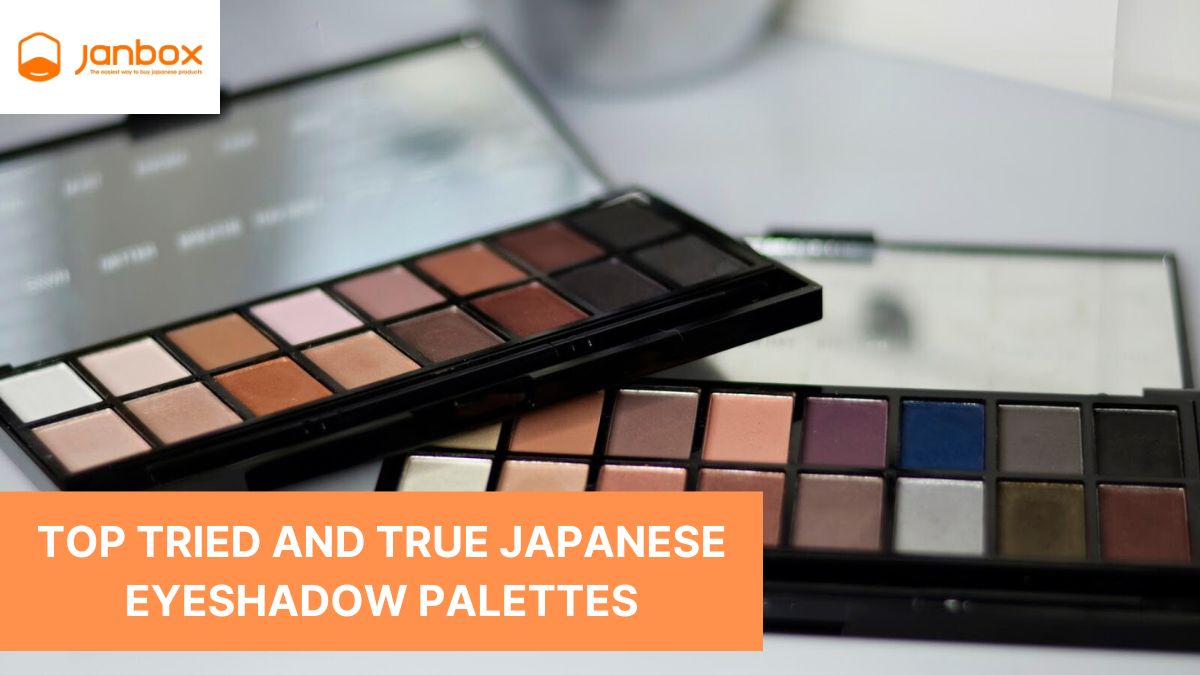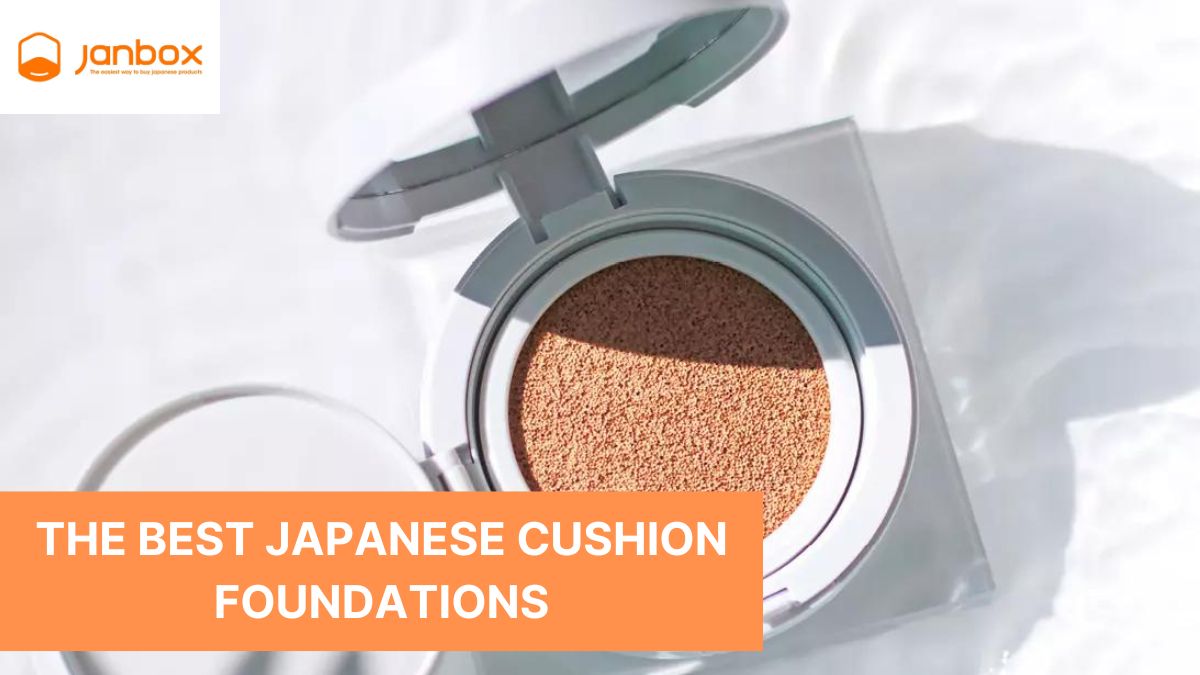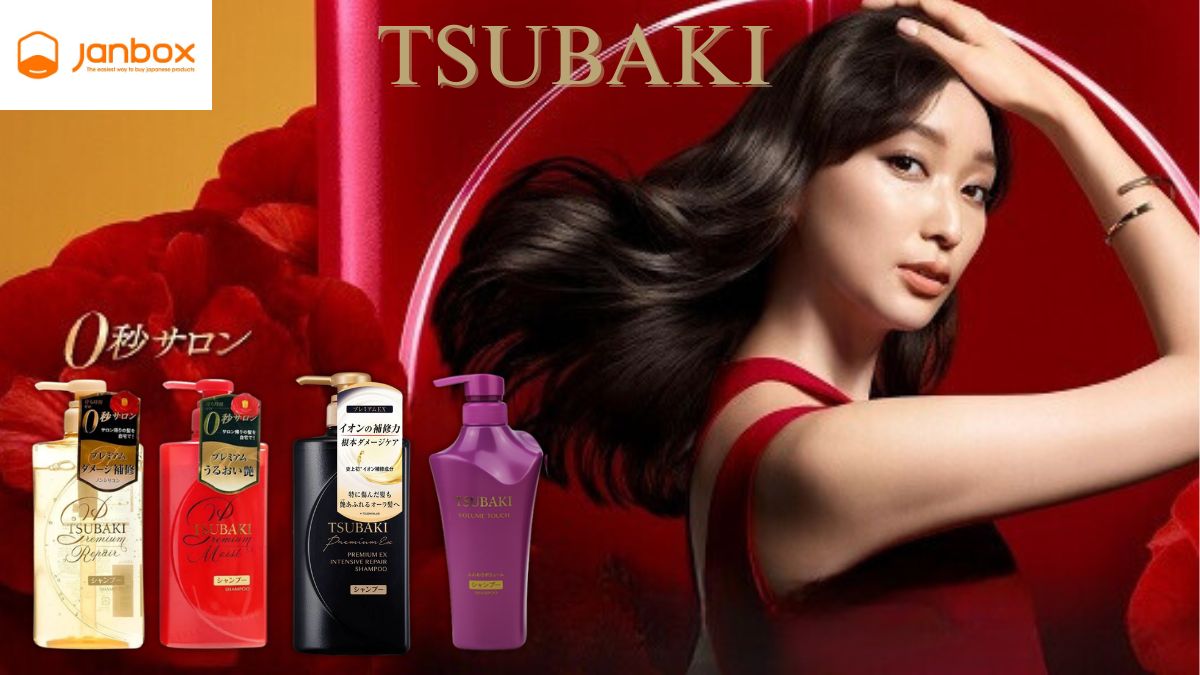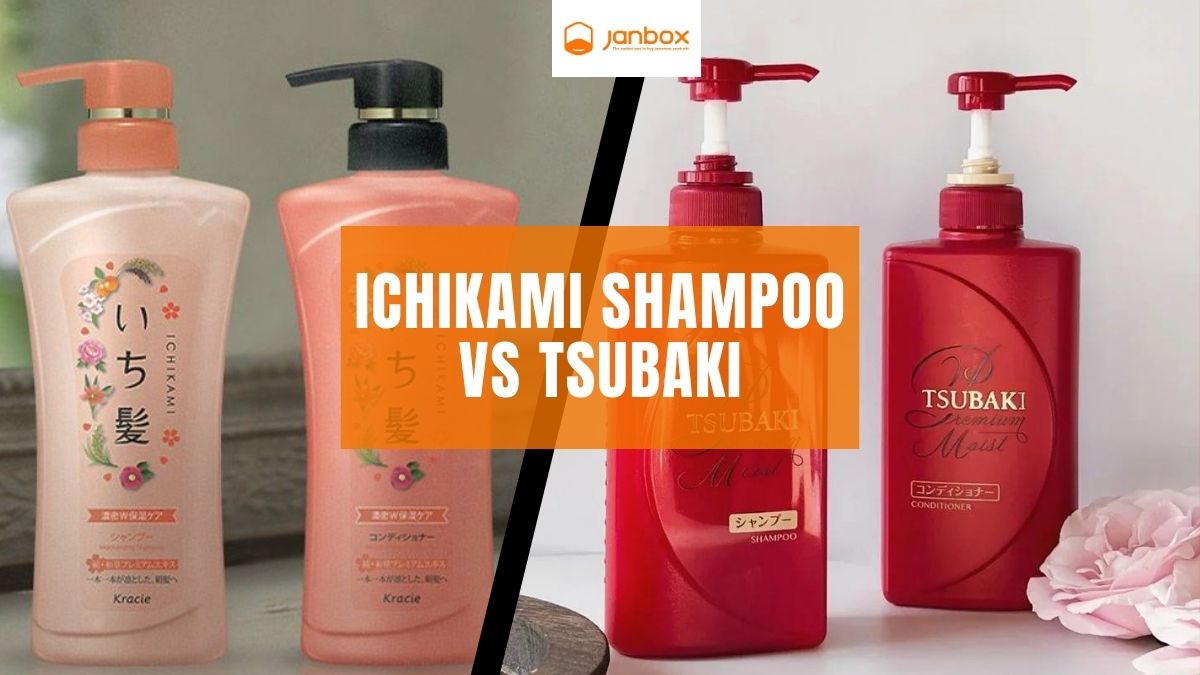One should be proud of Japan’s cultural diversity. Fans of Japanese fortunate charms and folklore enthusiasts have many reasons to be content thanks to myths and customs. This article will focus on the Japanese Daruma doll which is both intriguing in terms of its shape and its past. What about its past, though? Why does this doll lack both legs and arms? How can you make a wish come true using this Japanese Daruma doll? The remainder of this article will address many of the questions that were raised. Let’s get going!
I. What is a daruma?
One of the strangest mementos travelers bring back from Japan, other than the sake that comes in cardboard juice boxes, is a Daruma doll. Bodhidharma, the creator of the Zen school of Buddhism, served as the inspiration for the Japanese Daruma doll, a traditional Japanese doll. The doll is often red, round, empty within, and shown as a bearded man (Bodhidharma), but they can vary greatly in color and design based on preferences, location, or the work of the artist.
It may only be regarded as a toy or present by non-Japanese people, but to the Japanese, the meaning of Daruma doll is a cultural icon. Generations of Japanese people have given daruma as encouragement gifts since they are regarded as a symbol of perseverance, happiness, and luck. You’ll encounter some street booths offering the Japanese Daruma doll, especially during the New Year period. Around 1.7 million Darumas, or 80% of the Daruma sold in Japan, are produced in Takasaki city, Gunma Prefecture.
Japanese Daruma doll comes with blank, white eyes that can be painted with a marker after the initial purchase. Next, you make a wish that you will succeed on your upcoming important test. Draw the second eye when the wish is granted, take it back to the temple you bought (the one next to the business you bought), and burn it at the end of the year. The Daruma doll meaning grants our requests or shields us from bad fortune. Even if your wish didn’t come true, Daruma has a one-year shelf life, thus it is advised to burn it at the end of the year and get a new one at the start of the next year.
II. The legend behind the daruma doll
The Japanese Daruma doll is based on Bodhidharma, a Zen Buddhist monk credited with starting the movement who appears to have lived during the fifth and sixth century CE. Bodhidharma’s roots are unknown, and the majority of the narratives of his life are tainted by mythology, making it difficult to trace his journey from the “Western Regions” (perhaps central Asia).
He founded the well-known martial art that bears his name while staying in a Shaolin monastery in China for a while during his travels. Afterward, he kept going until he decided to stop and meditate in a cave. This marks the beginning of the Daruma’s history (named for Bodhidharma in Japanese).

The monk began staring at the wall. He did not take any breaks while meditating in a seated position with his back to the wall for nine years; he just once closed his eyes, which occurred after seven years. He cut off his eyelids to keep himself from ever falling asleep again because he was so angry with himself for what he viewed as a lack of discipline. The eyelashes grew green tea plants as soon as they touched the ground. Buddhist monks frequently drink green tea to keep awake, and this folklore is one of the explanations for this.
Bodhidharma not only committed self-mutilation, but some traditions claim that as a result of his nine-year immobility, he also lost both of his arms and legs. Bodhidharma is almost always depicted in art and folklore with these features, hence the Japanese Daruma doll, in all of their forms, represent Bodhidharma’s position and appearance.
As a result, the Daruma’s defining feature is that it is a limbless spherical block. Additionally, when sold in stores, Darumas are made without irises to represent the Bodhidharma dozing off during meditation, preventing him from achieving enlightenment. Additionally, the Daruma doll is much more than just a regular household item because its entire design has deep roots and meaning, down to the smallest elements.
Japanese Daruma doll, which became a lucky charm, came from Takasaki City’s Daruma-Dera (Daruma Shrine) (Gunma prefecture, north of Tokyo). The creator of the Daruma-Dera temple once drew New Year charms of Bodhidharma for the locals to pray for joy, prosperity, and protection from mishaps and ill luck. To commemorate the birthplace of the Daruma doll, the Shorinzan shrine (another name for Daruma Dera) in Takasaki holds an annual Daruma Doll Festival.
>>> Read more: The 17 Types of Japanese Traditional Dolls You Need To Know
III. Features of daruma dolls
1. Shape
Darumas are still frequently manufactured of paper-mâché, hollow, circular, and weighted at the bottom to ensure that they constantly tip back to the upright position. Japanese Daruma doll is also known as Japanese roly-poly because of how much they resemble the roly-poly toy popular in Western cultures and their capacity to balance themselves when tilted.

Daruma’s self-balancing prowess has deep symbolic significance; it represents the Japanese people’s tenacious and unyielding character in the face of natural disasters, war, and other calamities; they are always able to rise to the occasion and triumph. Japanese Daruma doll is frequently given as a gift to young children to promote their development because of this.
2. Color
The color of Bodhidharma’s robes is likely where Daruma’s customary red color got its start. In addition, crimson is said to be a symbol of luck, health, and happiness in Asian and Japanese cultures. To pray for the owner’s good fortune and tranquility, Japanese Daruma dolls are frequently made in the color red.

Japanese Daruma doll is now available in a variety of colors, so let’s explore the Daruma color meaning.
- Red: general good luck wishes
- Purple: long life and good health
- Blue: academic achievement and a passion for learning
- Gold represents success and fortune
- Yellow: prosperous financial circumstances
- Green indicates good health
- Black: business prosperity
- White: love and harmony
- Pink: the color of love, romance, and attraction
- Orange: safety and pregnancy
3. Facial hair

The crane and the tortoise, which are considered to be symbols of longevity in Asian culture, are represented by Daruma’s facial hair. The cheek hair has the appearance of a tortoiseshell, while the eyebrows are shaped like a crane.
4. Kanji script

Sometimes the midsection of the Japanese Daruma doll is written with the Kanji characters for “luck,” “fortune,” “perseverance,” or other similar words, perhaps as a reflection of the reason the doll was purchased. Additionally, some individuals write their desire or aim directly on the doll to remember it or to express it to god more formally.
5. Darumas’ eyes
The eyes are the most distinctive feature and a cultural high point for Daruma. Japanese Daruma doll has lifeless, lifeless eyes upon being sold. The Japanese interpret its symmetrical round blank eyes as a mechanism for Daruma to monitor the objectives or assignments set by the owner to inspire them to achieve the objective.

When establishing a new objective, the owner will draw a Daruma in one eye; this practice is referred to as “Kaigen” in Japanese. The owner will point the final eye as a token of appreciation for Daruma’s assistance after achieving the aim. In this way, the owner will be reminded of their objective and work extra hard to realize it whenever they encounter one-eyed Daruma. Additionally, this practice gave rise to the Japanese proverb “Both eyes are open” (Ryoume ga Aku).
>>> Read more: Top 10 Best Japanese Traditional Toys You Should Not Miss
IV. How to use a daruma doll
You might be unsure about how to properly use a doll if you have one or want to get one. Which daruma eye should you paint first, then? So, the procedure is listed below.

1. Purchase a doll.
According to Japanese custom, you should get daruma dolls from a temple at the start of the year. Japanese Daruma dolls are only good for a year, according to temple customs. Of course, if you’re seeking daruma dolls for sale but don’t have a temple nearby, you may hunt them up on Amazon Japan.
2. Contemplate a want or a goal.
You’ll also need to come up with a wish or objective. Your objective or desire should be in line with the color of your Japanese Daruma doll. For instance, a gold daruma doll is typically associated with good luck in the business realm.
3. Begin by painting the left eye of the daruma doll.
Take a paintbrush and some black paint once you have a doll and a task you want to do. Many people are interested in learning which daruma doll’s eye gets painted first. Fill up the left eye of the daruma doll while thinking about your objective or wish.
4. Place it.
Find a space where your daruma doll will fit. This could be a place where you can see him, like an altar. Most people will place it on a shelf.
5. Complete the painting project once you’ve reached a target.
You can use a paintbrush and black paint to fill in the right eye of the Japanese Daruma doll if you’ve achieved your objective or wish.
6. Bring it back.

Bring it back to the temple at the end of the year so they can burn all the darumas. A “daruma Kuyou” or a daruma memorial service is what this procedure is called. In Nishiarai Daishi Temple, a Daruma burning event is taking place. You will witness thousands of Daruma ascending in unison in a flash of splendor there. This ceremony gives you the chance to thank your daruma and to purchase a new daruma doll.
>>> Read more: What is a Maneki Neko? Everything you need to know (2022)
V. Daruma in popular culture
Daruma is so pervasive in Japanese society that it can be encountered virtually anywhere, not just in actual physical locations. In literature, television, anime, manga, and video games, Japanese Daruma doll is mentioned and portrayed. Here are a few illustrations.
1. Daruma Otoshi

A stack of colored wooden blocks with a daruma head on top makes up the Daruma Otoshi, a classic Japanese toy. The blocks are stacked, and with a small wooden hammer, you quickly knock the blocks away, without the blocks falling over until only the head is left. The trick performed by a magician to remove a tablecloth without breaking any plates serves as the most straightforward comparison. Although it requires a lot of dexterity and precision to play, this game is a fun challenge for children of all ages.
2. Daruma-san ga Koronda game
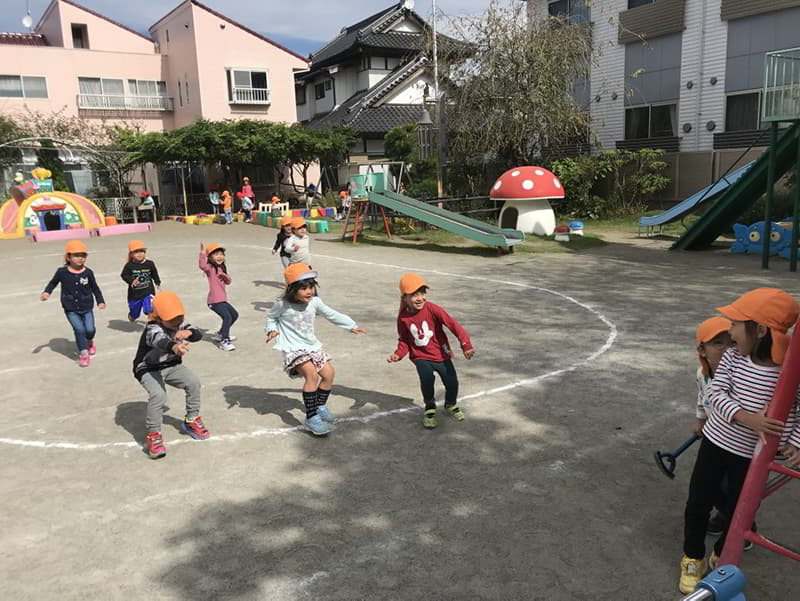
Children enjoy playing this game on the playground. The game Statues, also known as Red Light/Green Light in the US and the UK, is replicated in this game. Mr. Daruma toppled over! as “Daruma-san ga Koronda!” The person at the front of the game then turns around to check sure the children behind them are still in statue form. To knock them off their feet, the pupils can approach them while they turn their backs on them once more.
3. As the Gods Will

The playground game Daruma-san ga Koronda is significantly featured in the 2014 Japanese horror film As the Gods Will. The plot revolves around a disinterested high school student who is forced to play the game daruma-san ga Koronda, where failure results in death. Later, an actual daruma with a button on its back substitutes for the person in the front. The movie’s poster eerily shows a daruma watching the children in the class from behind a blackboard.
4. Daruma in Pokemon
The Pokemon Darmanitan (Hihidaruma in Japanese) was first presented in Pokemon Black and White and is modeled after the Daruma doll. This fire-type Pokemon, number 555 in the Pokedex, has gorilla-like appendages but a body that largely borrows from the classic daruma design in terms of details, eyes, and color.

More endearingly, when Darmanitan’s HP is low, it switches into “Zen mode,” tucking its arms and legs in and resembling the Daruma doll nearly exactly. Darumaka, a cheerful daruma doll with short arms and legs and the evolved version of Pokemon #554 Darumaka, is also known as Darmanitan. The “Zen Charm Pokemon” in the Pokedex is Darumaka.
5. Spirited Away

The proprietor of the bathhouse in the acclaimed Studio Ghibli animated film Spirited Away (Sen to Chihiro no Kamikakushi), Yubaba, has three green heads in her apartments. Despite being green, these Kashira significantly wink to the style and appearance of traditional daruma dolls with their beard pattern and bodiless heads.
The similarity, however, ends there; neither do the Kashira in Yubaba’s room act in a very monk-like manner nor do they appear to bring luck. However, their style is undoubtedly influenced by and strikingly similar to Daruma dolls.
>>> Read more: How to buy from Toranoana: [Guide Step-by-step]
VI. How to make a daruma doll
North of Tokyo in the city of Takasaki, Daruma dolls account for almost 80% of all Japanese production. They are made from washi, a unique type of handmade paper mâché. Making washi is an art form in and of itself, and the time-consuming practice has even been recognized by UNESCO as an intangible cultural asset.
Fibers from the inner bark of the Gampi tree, Mitsumata shrub, or paper mulberry bush are used to make the material. After the Daruma’s circular form is created, skilled artisans hand-paint each one. Each Japanese Daruma doll is unique because they are all handcrafted. You can get all processes of how to make a daruma doll with the following steps.

– Step 1. Make a spherical, bottom-heavy object out of clay or by applying paper-mâché on a plastic egg. If you’re using paper-maché, secure the bottom of the egg with some stones by taping them there first.
– Step 2. Shape the Daruma doll’s face using clay or papier-mâché. Except for a tiny triangular protrusion for the nose, there is no need to build facial features. A daruma doll’s face is just a flat surface that is recessed lower than the torso. The features will be painted on later.
– Step 3. Bake your clay creation or let the paper-maché dry. For drying or baking times and temperatures, go by the directions provided by the manufacturer.
– Step 4. Apply flesh-colored paint to the body and brilliant red paint to the surface of the sunken face. Laissez la base paint sécher.
– Step 5. Paint the doll’s face with two sizable white eyes. Avoid painting the eye pupils.
– Step 6. Use black paint to add decorations to the cheeks, temples, and mustache. On the doll’s cheeks, some individuals choose to paint symbols that express their wishes.
– Step 7. To embellish the doll’s red body, use paint in the colors gold, black, white, and green. The doll’s chin is typically painted with the owner’s name.
– Step 8. When you’re ready to make your wish, use a black marker to fill in the pupil of the left-hand eye (the right-hand eye when it’s facing you).
– Step 9. Complete the other student when the wish comes true.
VII. Where to buy daruma dolls?
There are numerous traditional Daruma craft stores and factories in Takasaki, Gunma, which is where more than 80% of all Darumas in Japan are produced. The Darumas are handmade and hand-painted at a variety of shops that you can visit. You may even create your Japanese Daruma doll if you enjoy arts and crafts.

Numerous Daruma dolls are frequently offered for sale at year-end festivals held by temples or cities. You can purchase a new Daruma doll at these festivals and bring your old ones in to be ceremonially burned. Yoshida Daruma is available for purchase online in a variety of forms.
The Happy Daruma brand of daruma dolls is popular in Tokyo. Japanese Daruma doll can be purchased in Kyoto via a regional online retailer called Kimura Oshida. There, you may order your preferred daruma doll online and have it delivered to you. If you would prefer to purchase a daruma in person while in Kyoto, you can do so at the Kyoto Handicraft Center. Kyoto also features a distinctive Buddhist temple called Horin-Ji, but due to its vast collection of 8,000 donated daruma dolls, it is also known as Daruma-Dera.
>>> Read more: How to buy from Surugaya with Janbox Japan
VIII. Japanese Daruma doll varieties
Depending on the location, there are many ways to make Daruma dolls.
1. Matsukawa Daruma

In Sendai City, Miyagi Prefecture, Daruma dolls are created. The Japanese Daruma doll has a red back and a blue front.
2. Shirakawa Daruma

In Fukushima Prefecture’s Shirakawa City, Daruma dolls are produced. The red Japanese Daruma doll is a lucky charm to ward off misfortune and guarantee family security, and the white Daruma is a lucky charm to bring wealth.
3. Takasaki Daruma

Around 80% of the Daruma dolls made in Japan are reportedly Takasaki Daruma dolls. Takasaki daruma makes up the majority of alleged “election daruma.”
4. Koshigaya Daruma

The Koshigaya City, Saitama Prefecture is where this Daruma is produced. They are transported throughout Japan and the Kanto region under the name Bushu Daruma.
IX. Frequently questions
Q. Can you purchase a daruma doll as a gift?
A Japanese Daruma doll is normally bought by Japanese people for their own use, however, giving one as a gift is acceptable too. In addition, there is no timeframe for the recipient to set his or her objective using the daruma, just as there is no timetable for completing a personal goal.
Q. Can you use a daruma doll to wish for someone else?
A Japanese Daruma doll would normally not be used to wish for a positive outcome for someone else because it is designed to grant wishes regarding things that are possible for you. Nevertheless, members of the immediate family may utilize a daruma as a type of Omamori amulet to, for instance, request a high result on a test for admission to a school or something similar.
Q. Can a Daruma doll be recycled?
A daruma doll is mostly about your personal success, thus most Japanese people are unlikely to think of “resetting” or “recycling” one. Fantastic if a daruma doll has assisted you in achieving your goals! As much as you can, let someone else feel the same way about their brand-new daruma doll.
A Japanese daruma doll shouldn’t be “recycled” because it is a customized item and should only belong to one person. In Western culture, the comparison might be made to going to a wishing well, taking out a penny that someone else had flung, making a wish with it, and then throwing it back in.
Conclusion
What is a daruma doll? The doll, which is frequently presented as a gift, represents Bodhidharma’s commitment to meditation, perseverance, and accomplishing personal objectives. Daruma in Japanese culture has a long history, however, the Japanese Daruma doll is still used in Japan for good luck and is also used as an award for success today.
- Website: https://janbox.com
- Email: [email protected]
- Facebook: https://www.facebook.com/janbox.com.en


